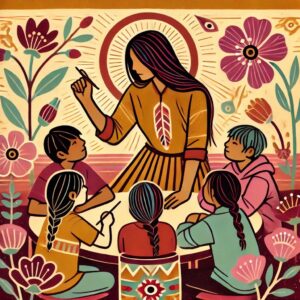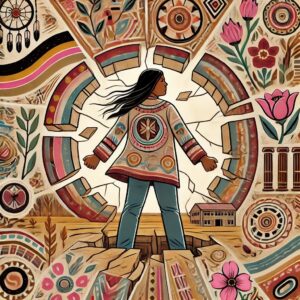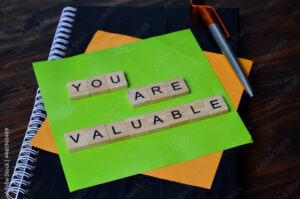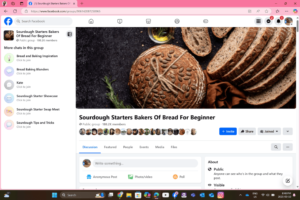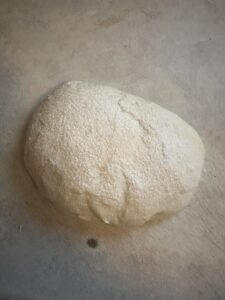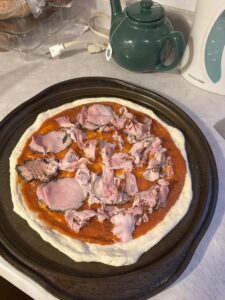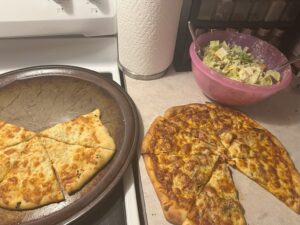Hi Everyone, Welcome to my ted talk! Just kidding!
But in all seriousness, this week had me pondering how I would be able to share with the class how I would use AI in my teaching practices, when in fact my students where teachers themselves! I wasn’t sure how I’d connect AI to my role as a Literacy Consultant—but what unfolded was an exciting and meaningful process that helped me see AI in a new light.
Where I Started
I support First Nations teachers across several communities, helping them strengthen their literacy programs. A major challenge we often face is how to meet the diverse reading levels in a single classroom, while still using culturally relevant materials that reflect students’ identities and lived experiences. When asked to explore an AI engine I wasn’t as familiar with, I immediately thought: “What if AI could help teachers with differentiation?” The tool I used was Perplexity mainly. Since I am quite familiar with Chatgpt, I chose to try out a different engine. I also tried out Speechify (highly recommend this tool, but buy the upgraded version, it’s well worth it) for the speech-to-text portion of the video and I even figured out how to make a video straight from PowerPoint… I was today years old when I found out it could do this!
Shaping the Idea
With some brainstorming and guidance, I developed the idea of using AI to create levelled versions of culturally responsive texts. (For the younger students, these texts would most likely have to align with skills they have already learned and be a somewhat decodable text, but for the older students they would be levelled texts) Teachers could take one meaningful story or passage and use an AI tool like ChatGPT to:
- Simplify or enrich the reading for different levels
- Generate vocabulary lists with definitions
- Create differentiated comprehension questions (literal, inferential, evaluative)
The goal wasn’t to replace teacher-created content, but to make high-quality differentiation faster and more accessible—especially in schools where time and resources are stretched thin.
Building the PowerPoint
Once I had my concept, I created a PowerPoint presentation to walk others through the process. Slide by slide, I shared:
- The challenges we face in literacy instruction
- How AI can support teachers and students
- A sample AI prompt educators could use
- The cultural importance of using First Nations content in the classroom
I also included practical tools and emphasized that AI should always be used thoughtfully and with the teacher’s guidance. The presentation ended up being something I’d feel confident using in professional development with the educators I support.
I also modelled a speech-to-text app called Speechify to show how teachers can use the tool as a way to engage students who are dyslexic or have reading difficulties and need to hear the information orally (in addition to trying to read the information). I found a voice I thought was calming and it happened to be the voice of Gweneth Paltrow, which I thought was an added “cool” effect for teachers and students to hear her voice while learning about reading.
I employ you to watch the short 4-minute PowerPoint I created for teachers to learn about how they could incorporate AI into their classrooms, all while I shine a light on a differentiation strategy they could use for giving students access to texts they can confidently read with their peers, meeting them where they are at, all while still allowing them to be a part of the comprehension conversation afterwards. ENJOY! Take what you can from it.
Reflecting on the Process
What surprised me most was how natural this integration felt. AI wasn’t some flashy new gadget—it became a support system for inclusive, identity-affirming literacy instruction. I loved that I could still center First Nations voices, values, and languages while using technology to strengthen how we reach every learner.
This project reminded me that innovation doesn’t have to be overwhelming. Sometimes, it’s about finding small, powerful ways to make good teaching even better.
Looking Ahead
I’m already thinking of ways to expand this approach. What if we used AI to co-create bilingual texts with local language keepers? What if students used AI as writing partners to build confidence in their voice? The possibilities are exciting—and rooted in our commitment to culturally sustaining education.
Have you tried using AI in your classroom or coaching work? I’d love to hear your thoughts and experiences. Feel free to leave a comment below or reach out to connect!


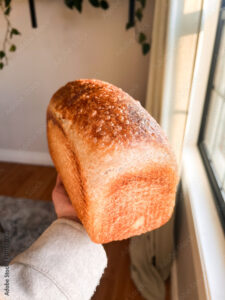

 Every loaf teaches me something new—and also reminds me I might need stretchier pants!
Every loaf teaches me something new—and also reminds me I might need stretchier pants!

